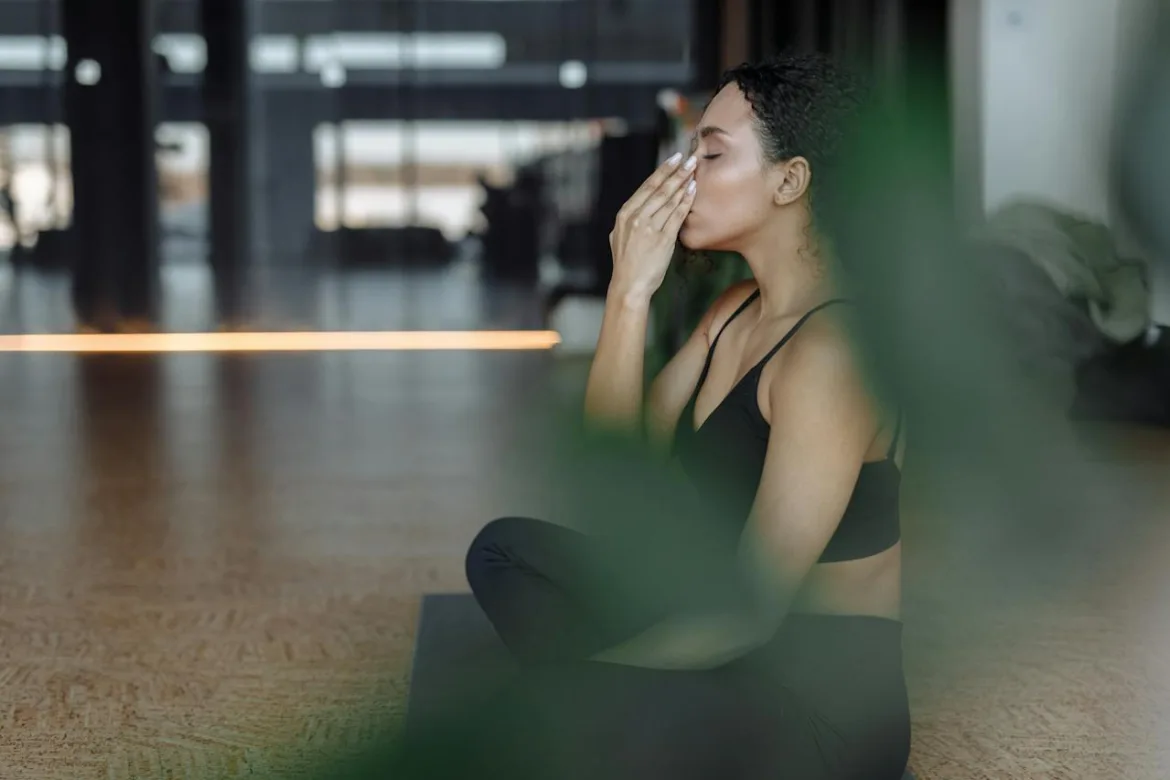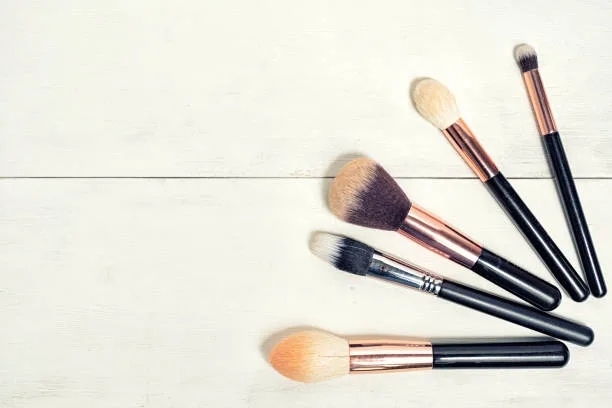Table of Contents
Introduction

In a world marked by constant hustle and bustle, women often find themselves entangled in a web of responsibilities, juggling professional careers, family duties, and personal aspirations. The resulting stress can have detrimental effects on mental and physical well-being. However, amidst the chaos, there exists a powerful yet underrated tool…breathing techniques…that can serve as a beacon of tranquillity for the modern-day woman.
Stress Relief For Women
Understanding Stress and Its Impact on Women
Before delving into the restorative power of breathing exercises, it’s crucial to comprehend the unique stressors women face. Balancing careers, family life, societal expectations, and personal growth can lead to overwhelming stress levels. Studies highlight that women tend to internalize stress more than men, increasing susceptibility to anxiety, depression, and other stress-related ailments.
The Science Behind Stress-Relief Breathing Techniques

The human body’s stress response triggers the sympathetic nervous system, initiating the ‘fight or flight’ response. However, breathing exercises tap into the parasympathetic nervous system, activating the body’s relaxation response. Techniques like deep breathing, diaphragmatic breathing, and box breathing enhance oxygen flow, slowing heart rate, reducing blood pressure, and calming the mind.
Top Stress-Relief Breathing Techniques for Busy Women

Deep Breathing (or Belly Breathing)
Deep breathing involves inhaling deeply through the nose, allowing the breath to fill the abdomen, and exhaling slowly through the mouth. This technique promotes relaxation by engaging the diaphragm and reducing the body’s stress response.
Diaphragmatic Breathing
Often known as ‘belly breathing,’ this technique focuses on using the diaphragm to draw in air deeply. Practising this regularly helps increase oxygen flow and release tension, fostering a sense of calmness and balance.
Box Breathing
Box breathing involves a cycle of inhalation, holding the breath, exhalation, and holding the breath again—all for equal counts of time. This method aids in resetting the body’s stress response, providing a sense of control and tranquillity.
Alternate Nostril Breathing (Nadi Shodhana)
This yoga-based breathing technique involves inhaling and exhaling through alternate nostrils. It helps balance the body’s energy, clear the mind, and reduce stress by promoting relaxation.
Incorporating Breathing Techniques into Daily Life

Morning Rituals
Start the day with a few minutes of breathing exercises. Set the tone for a calm and productive day by practising deep breathing or box breathing before diving into the day’s demands.
Stressful Situations
During moments of stress or overwhelm, take a brief pause. Retreat to a quiet space and practice a breathing exercise of choice to regain composure and clarity.
Evening Wind-Down
Incorporate breathing techniques into bedtime routines. A few minutes of diaphragmatic breathing or alternate nostril breathing can help unwind and prepare for restful sleep.
Conclusion:

In a fast-paced world where stress often feels inevitable, stress-relief breathing techniques can be transformative. By integrating these practices into their daily routines, busy women can reclaim moments of tranquillity, fostering mental clarity, emotional balance, and overall well-being amidst life’s chaos. Embracing these techniques not only alleviates stress but also empowers women to navigate challenges with resilience and grace. Breathing, often overlooked yet profoundly impactful, becomes the cornerstone of self-care for the modern-day woman.
Remember, the journey to a stress-free life starts with a single breath…one conscious inhale and exhale at a time.
With dedication and consistency, these breathing techniques can serve as powerful allies in the pursuit of peace and harmony amidst the demands of today’s fast-paced lifestyle.

FAQs
Why do women often experience higher stress levels, and how can breathing techniques help alleviate this stress?
Women often face a multitude of responsibilities, including career demands, family obligations, societal pressures, and personal aspirations, leading to heightened stress levels. Breathing techniques, such as deep breathing, diaphragmatic breathing, and box breathing, activate the body’s relaxation response. These techniques increase oxygen flow, slow heart rate, reduce blood pressure, and help in calming the mind, effectively counteracting stress.
Can incorporating breathing techniques into daily routines benefit busy women, and if so, how?
Yes! Integrating breathing exercises into daily routines offers numerous benefits for busy women. Starting the day with a few minutes of breathing exercises can set a calm and focused tone for the day ahead. During moments of stress, taking a brief pause to practice these techniques can aid in regaining composure and clarity. Additionally, using breathing exercises as part of evening wind-down routines can promote relaxation and improve sleep quality.
What role do breathing techniques play in balancing the demands of a fast-paced lifestyle for women?
In a fast-paced lifestyle, breathing techniques act as powerful tools for maintaining balance and managing stress. These techniques provide moments of tranquillity amidst the chaos, fostering mental clarity, emotional balance, and overall well-being. By incorporating these practices into daily life, women can navigate challenges with resilience and grace, fostering a more harmonious approach to their busy lifestyles.
How can women optimize the benefits of stress-relief breathing techniques for their well-being?
To optimize the benefits of stress-relief breathing techniques, consistency and integration into daily life are key. Starting the day with a brief breathing exercise, taking short breaks during stressful moments, and winding down in the evening with relaxation techniques can significantly impact overall well-being. Additionally, practising these techniques consistently helps in building resilience against stressors over time.



